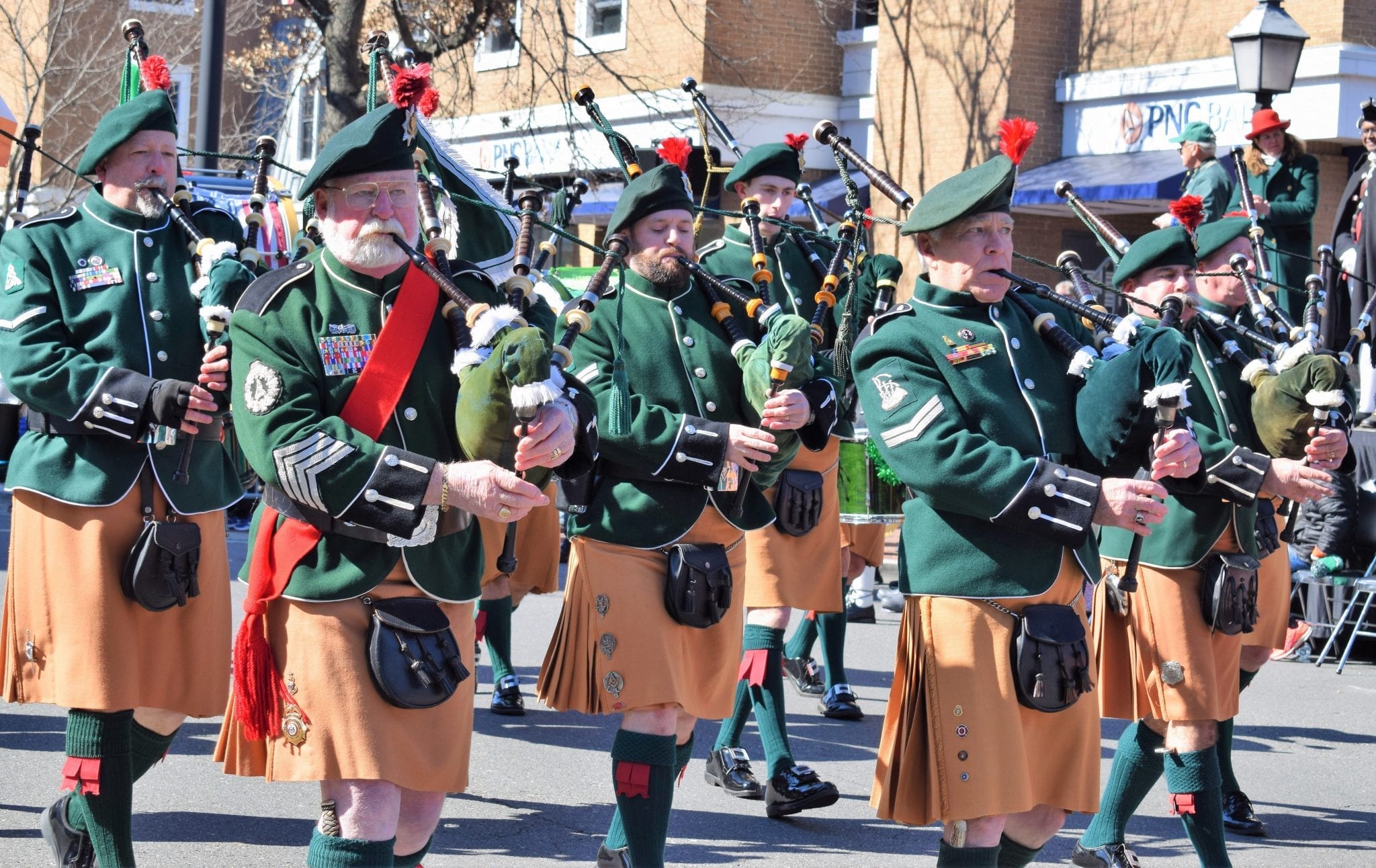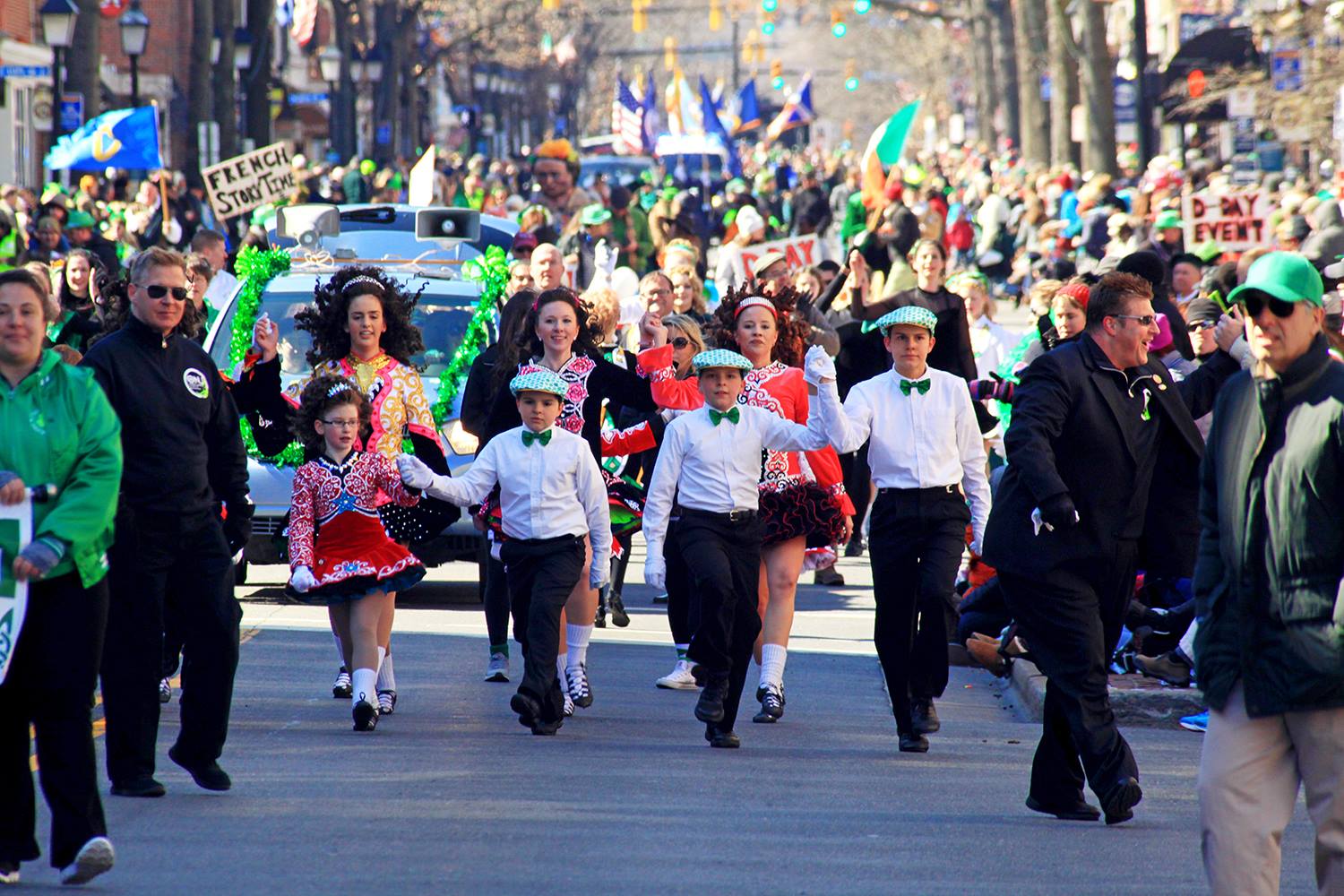Community News
BREAKING NEWS: Alexandria’s St. Patrick’s Day Parade Postponed Until September 2022
Founding Organizers of Parade, The Ballyshaners, Make Announcement

ALEXANDRIA, VA – The word is out–no parade in March. But for the first time in 40 years, there’s going to be a “Halfway to St. Patrick’s Day Parade” in Old Town Alexandria, and it is set for Saturday, September 17, 2022.
The founders and organizers of the parade, The Ballyshaners, which means “Old Towners” in Gaelic, announced today via social media that the traditional parade has to be postponed.
Citing funding and permit issues, the Ballyshaners said, “The postponement will give us more time to raise money and work with our sponsors and the City of Alexandria to ensure the quality family entertainment that Alexandrians are used to.”
And with a little Irish luck their new “Halfway to St. Patrick’s Day Parade” will be another great day for Alexandria with bagpipers, and community organizations showing their spirit in all kinds of ways. The Ballyshaners’ “Halfway to St. Patrick’s Day” tradition started last August as a boost to community morale when the parade had to be completely cancelled in 2021.
The organization is asking the community to consider donating time or money to the cause by attending a fundraiser or volunteering. “We always need help planning and staffing the parade and our annual Irish Festival.”

Contact [email protected] for specific volunteer opportunities or to join the Ballyshaners. Yes, they are accepting new members!!
“There’s no membership fee, and we hold monthly meetings on the second Wednesday of each month at 7 pm, with weekly meetings in the two months preceding our parade. Dates and locations are posted on our website and our Facebook page,” says the post.
Cash donations can be made at ballyshaners.org/donations.html or contact them at [email protected] with a description and cash value of your auction items. ALSO, there is a fundraiser at Mattie & Eddie’s ( 1301 S Joyce St, Arlington, VA 22202) for their fundraiser on Saturday, February 19, 2022, from 12 pm-3 pm. Suggested donation at the door: $15/adult ($5/child).
Subscribe
Login
0 Comments
Oldest





